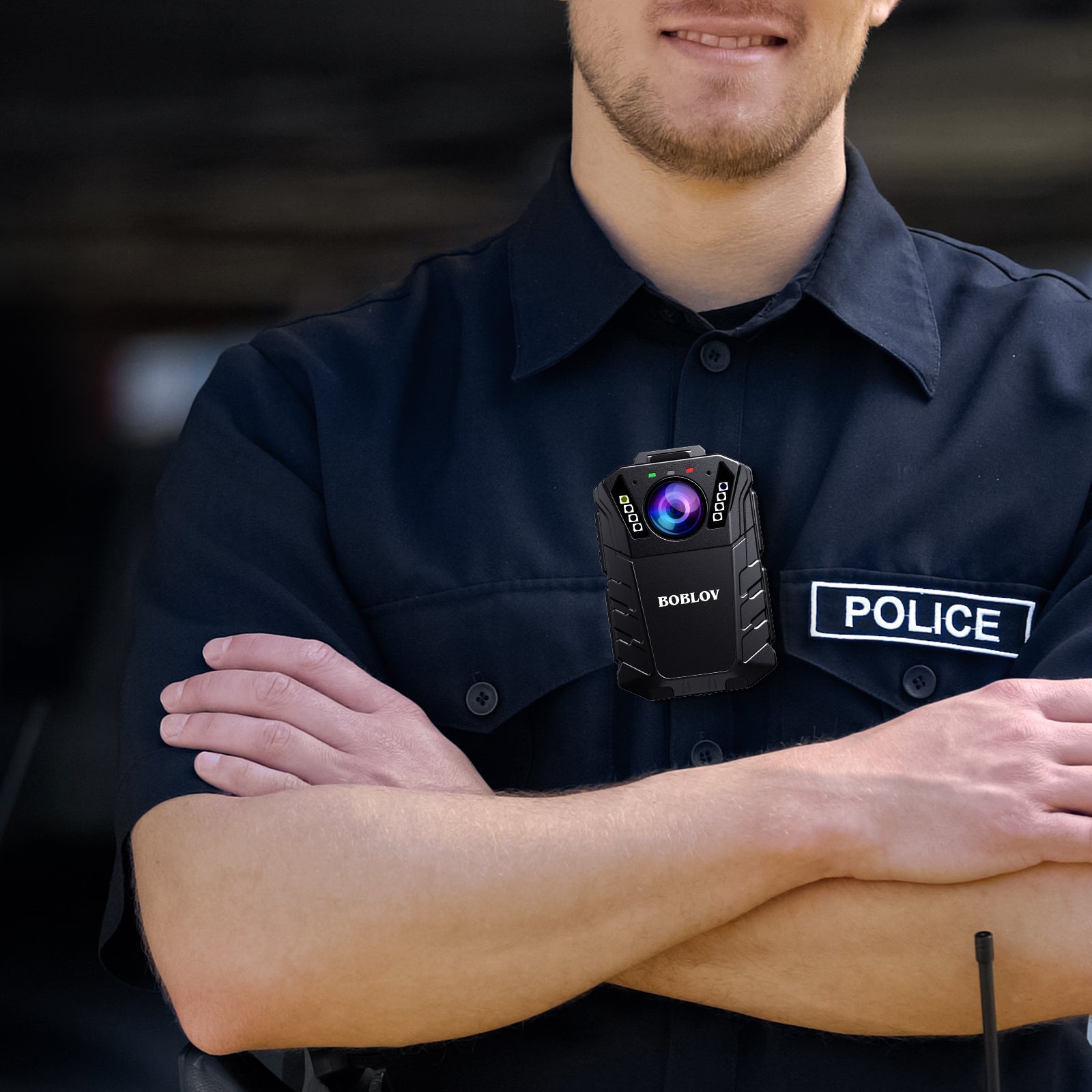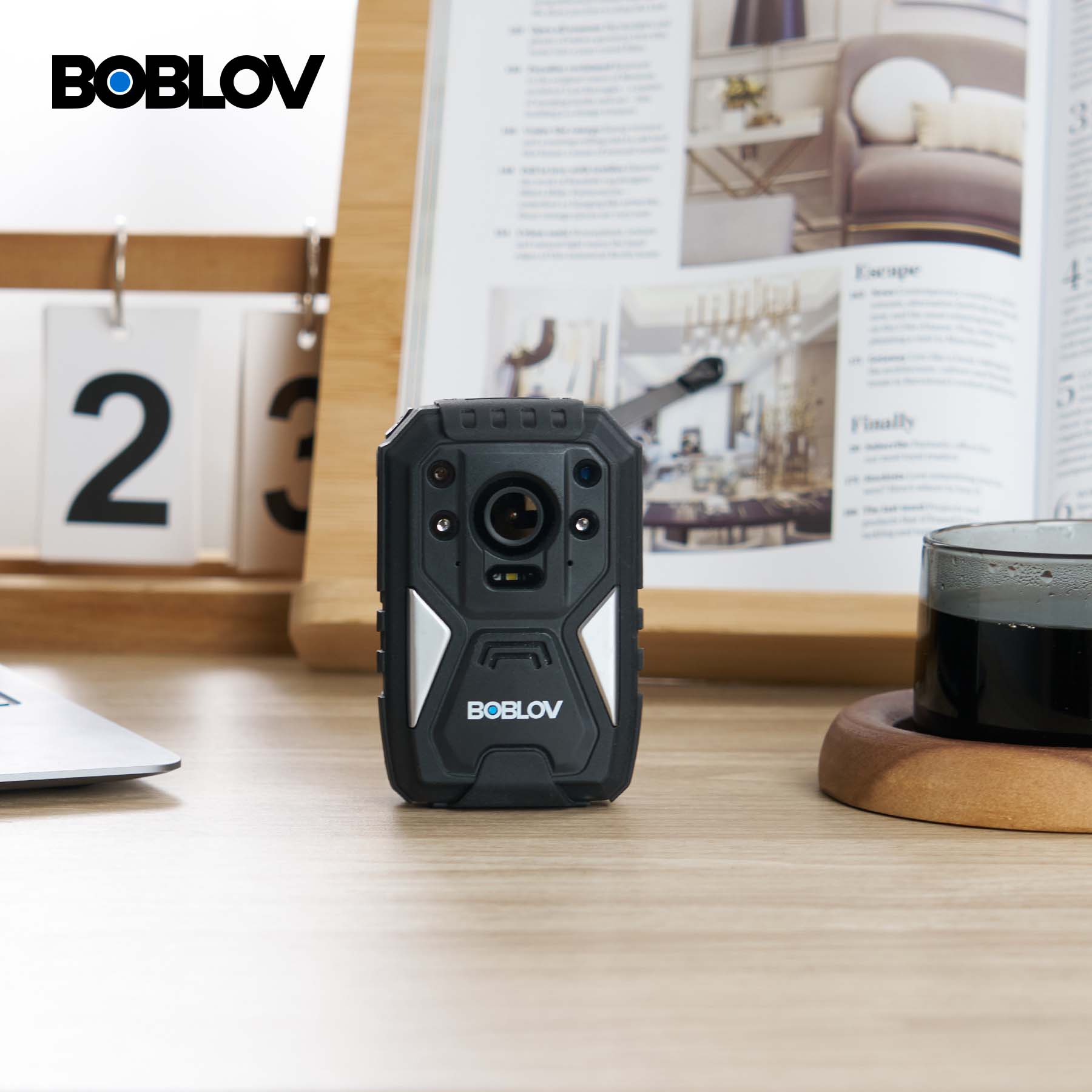The Rise of Body Cams: A Game Changer for Public Safety
Understanding the Proliferation of Body Cameras
In recent years, body cams have spread rapidly across U.S. law enforcement. Reasons for this surge include the public's call for transparency and the need to improve police accountability. Advances in technology have made body cams like the BOBLOV camera more accessible and cost-effective. This shift is part of a larger trend toward tech-enhanced public safety. With cops body cams for sale more than ever, departments are equipping officers to record interactions, which serve as evidence and training tools. The widespread use of body cameras is transforming both policy and practice in the field, suggesting a new era for law and order.
How Body Cams Are Shaping the Future of Law Enforcement
Body cameras are revolutionizing policing across the US. They bring transparency and trust into police work. Cops outfitted with body cams can't hide misconduct. And citizens feel safer knowing encounters are recorded. As tech advances, body cams may use facial recognition soon. This could help ID suspects faster. But it also raises privacy concerns. Video storage is another big challenge facing departments. But overall, body cams are making a positive impact on law enforcement.
Navigating Legal Requirements and Best Practices
The Legal Landscape of Body Cams in the United States
The legal framework for body cams is complex. In the US, it varies by state and local laws. Some states mandate body cams for all officers. Others leave it to local police to decide. Key issues include privacy, data storage, and public access. Courts weigh these factors in body cam cases. Agencies must navigate these rules with care. Clear policies can help avoid legal trouble. It's a balance between safety and civil rights.
Best Practices for Implementing Body Cameras
For effective body cam implementation, law enforcement agencies must follow best practices. These include establishing clear policies for cam use and data storage. Training is crucial, so officers know when and how to use the cams. Open dialogue with the community builds trust. Regular evaluations help refine the program. By adhering to these practices, agencies ensure body cams serve their intended purpose.
The Economic and Social Impact of Body Cams in the US
The Financial Implications of Body Cam Technology Adoption
The adoption of body cam technology comes with a notable price tag. For law enforcement agencies, the initial purchase of devices, like the Boblov camera or cops body cam, can strain budgets. These costs extend beyond the hardware to storage solutions, maintenance, and training. Agencies must balance the investment against gains in transparency and accountability. Furthermore, there's a growing market for body cameras for sale, indicating a rising demand with potential economic benefits for manufacturers. Yet, the financial burden poses questions about sustainable funding for smaller departments, necessitating careful deliberation on spending decisions.
Social Benefits and Drawbacks of Widespread Body Cam Use
The adoption of body cams in the US has profound social effects. They boost public trust by ensuring transparency in police interactions. However, privacy concerns arise as these devices capture sensitive moments. The visual record helps clear false accusations, which is crucial for justice. On the flip side, constant surveillance can strain police-community relations. Ultimately, body cams offer a mixed bag of benefits and challenges. Thus, their use demands careful consideration to balance law enforcement needs and citizen rights.



